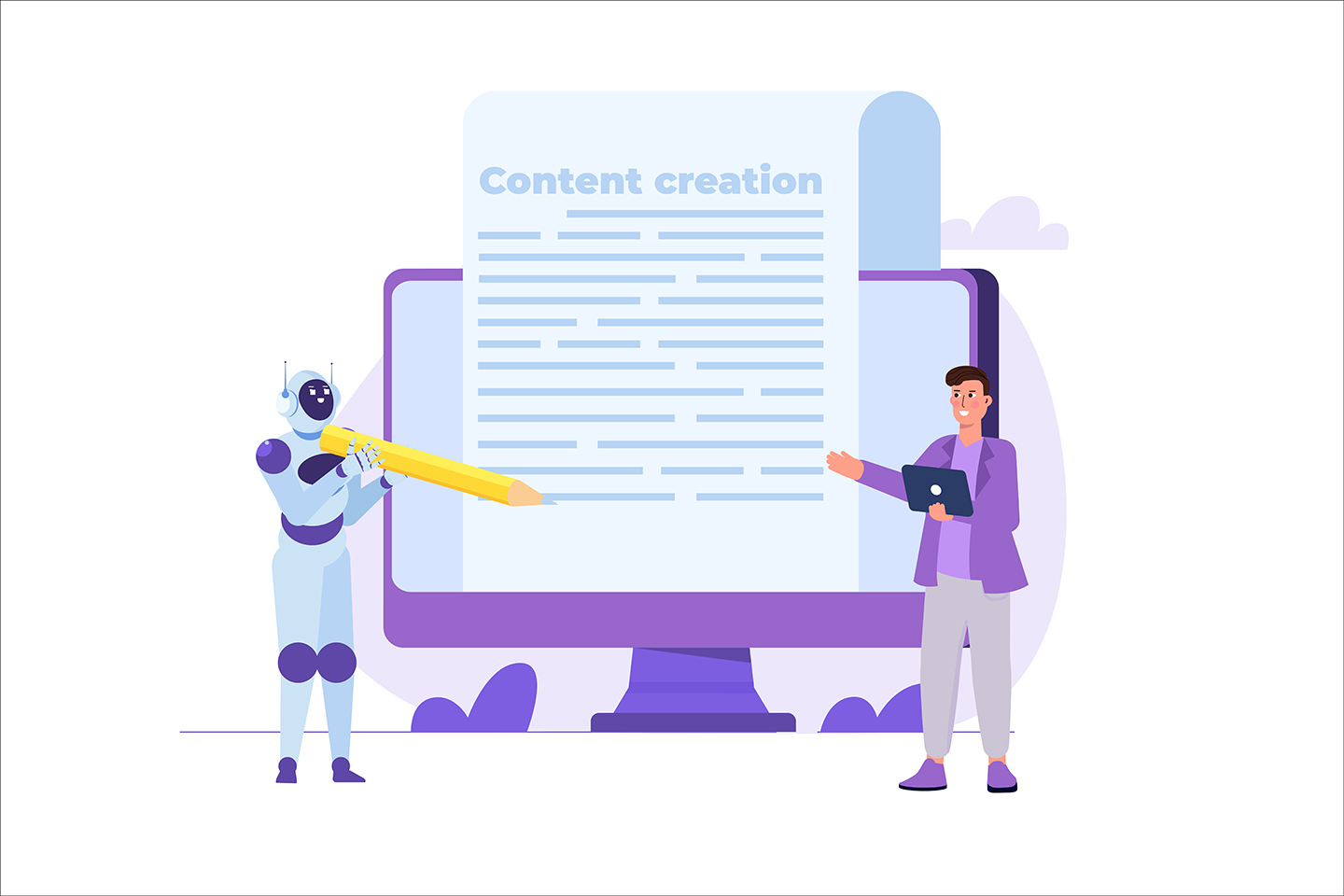

If you’ve ever found yourself drowning in a sea of academic papers or struggling to find precise answers to complex research questions, you’re not alone. Enter Elicit AI, a cutting-edge tool designed to simplify and accelerate the research process. But what exactly is Elicit? In simple terms, Elicit is an AI-powered research assistant that helps you find, analyze, and summarize academic literature with ease. Whether you’re a student, a researcher, or a professional, Elicit can save you hours of tedious work by providing quick, accurate, and relevant answers to your questions.
The name “Elicit” itself is a clever play on words—it’s about drawing out the most valuable insights from vast amounts of data. And that’s precisely what this tool does. By leveraging advanced natural language processing (NLP) and machine learning (ML) technologies, Elicit transforms the way we approach research.

In today’s fast-paced world, the volume of information available is staggering. According to a 2020 study, over 2.5 million scientific papers are published each year. For researchers, this abundance of data is both a blessing and a curse. While there’s no shortage of information, finding the right answers quickly is becoming increasingly difficult.
This is where Elicit AI steps in. Born out of the growing demand for intelligent, time-saving solutions, Elicit addresses the pain points of modern research. It’s not just about finding papers; it’s about extracting actionable insights without spending hours sifting through irrelevant content.
The development of Elicit is part of a broader trend in the AI industry. Over the past decade, AI has made significant strides in understanding and processing human language. Tools like ChatGPT and Google’s Bard have shown the potential of AI in answering questions and generating content. However, Elicit takes this a step further by focusing specifically on academic and research-oriented tasks.
Using Elicit is straightforward, even if you’re not tech-savvy. Here’s a quick guide to get you started:
1. Visit the Website: Go to Elicit and sign up for an account.
2. Enter Your Question: Type in your research question or topic. For example, “What are the effects of climate change on biodiversity?”
3. Review the Results: Elicit will generate a list of relevant papers, summaries, and key insights.
4. Refine Your Search: Use filters to narrow down results by publication date, study type, or relevance. 5. Export or Save: Download the findings for offline use or integrate them into your research workflow.
Elicit stands out from other research tools thanks to its robust features. Here’s a breakdown of what makes it so powerful:
Elicit’s Question AI is its standout feature. Unlike traditional search engines, Elicit doesn’t just match keywords—it understands the context of your question. This means you get more accurate and relevant results.
Reading through lengthy papers can be time-consuming. Elicit automatically generates concise summaries, highlighting the key points and findings.
Elicit helps you keep track of your sources by organizing citations and references in one place.
Whether you’re looking for the latest studies or focusing on a specific methodology, Elicit’s filters make it easy to tailor your search.
Elicit seamlessly integrates with tools like Zotero and EndNote, making it a valuable addition to your existing research toolkit.

Elicit is powered by state-of-the-art AI technologies, including:
- Natural Language Processing (NLP): Enables the tool to understand and interpret complex queries.
- Machine Learning (ML): Continuously improves the accuracy of search results based on user feedback.
- Knowledge Graphs: Maps relationships between concepts, making it easier to find related studies.
Elicit’s user base is diverse, ranging from students to seasoned researchers. Here are some of the key groups benefiting from this tool:
- Academic Researchers: Streamline literature reviews and data extraction.
- Students: Save time on assignments and thesis research.
- Professionals: Stay updated on industry trends and innovations.
- Policy Makers: Access evidence-based insights for decision-making.
To get the most out of Elicit, consider these tips:
1. Be Specific with Your Queries: The more precise your question, the better the results.
2. Use Filters Wisely: Narrow down results by date, study type, or relevance.
3. Explore Related Papers: Elicit’s knowledge graph can lead you to valuable, related research.
4. Combine with Other Tools: Integrate Elicit with reference managers for a seamless workflow. 5. Provide Feedback: Help improve the tool by rating the relevance of search results.

1. Saves time by automating literature reviews.
2. Provides accurate, context-aware answers.
3. User-friendly interface.
4. Integrates with popular research tools.
5. Continuously improves through machine learning.
1. Limited to academic and research-oriented content.
2. May require a learning curve for advanced features.
3. Subscription costs could be a barrier for some users.
4. Relies on existing databases, which may have gaps.
5. Still evolving, with occasional bugs or inaccuracies.
1. What is Elicit AI?
Elicit AI is an intelligent research assistant that helps users find, analyze, and summarize academic literature.
2. How does Elicit differ from Google Scholar?
While Google Scholar is a search engine for academic papers, Elicit goes a step further by providing summaries, insights, and context-aware answers.
3. Is Elicit free to use?
Elicit offers both free and premium plans, with the latter providing additional features.
4. Can Elicit help with non-academic research?
Elicit is primarily designed for academic and research-oriented tasks, but it can also be useful for industry professionals.
5. How accurate are Elicit’s summaries?
Elicit’s summaries are highly accurate, thanks to its advanced NLP and ML technologies.
In a world where time is precious and information is abundant, Elicit AI offers a smarter way to conduct research. By combining advanced AI technologies with a user-friendly interface, Elicit empowers users to find answers faster and more efficiently. Whether you’re a student, researcher, or professional, Elicit is a tool worth exploring.
So, the next time you’re faced with a mountain of papers, ask yourself: Why spend hours searching when Elicit can do it for you?
Click here to read more blogs, or here to discover more AI products!
Subscribe to Newsletter
No reviews yet. Be the first to review!